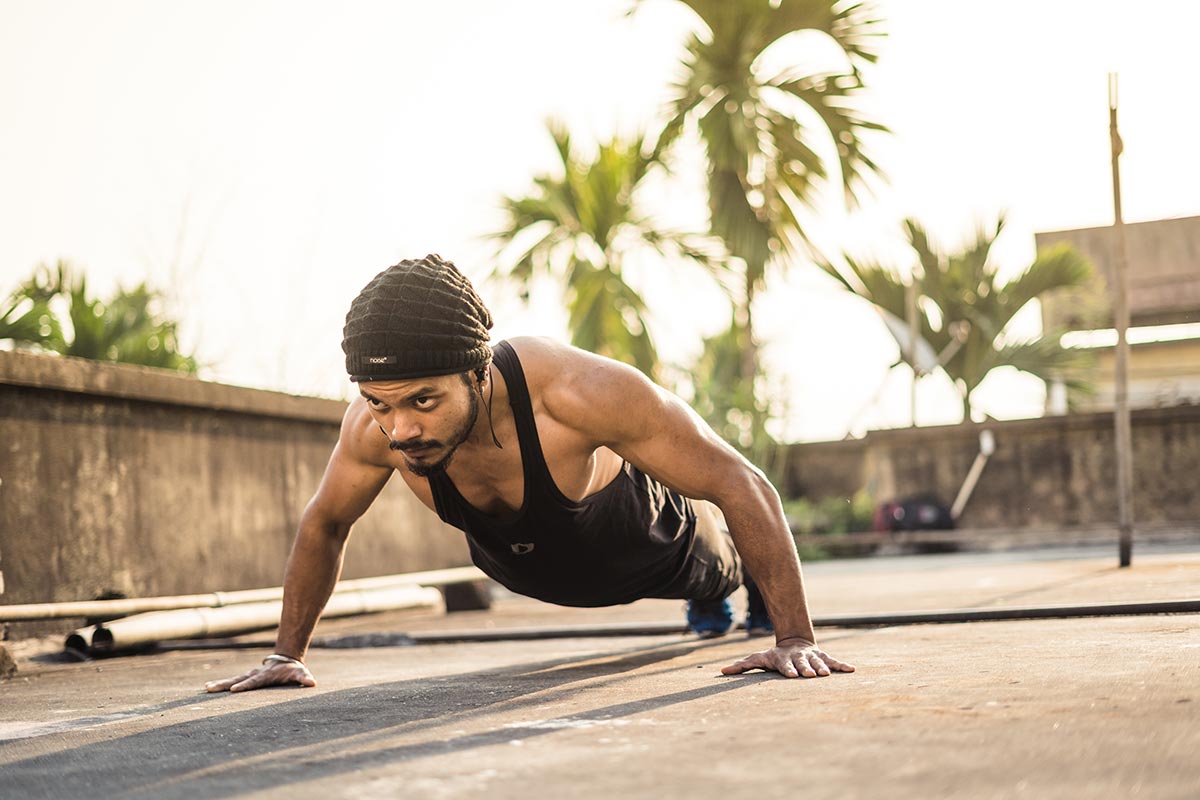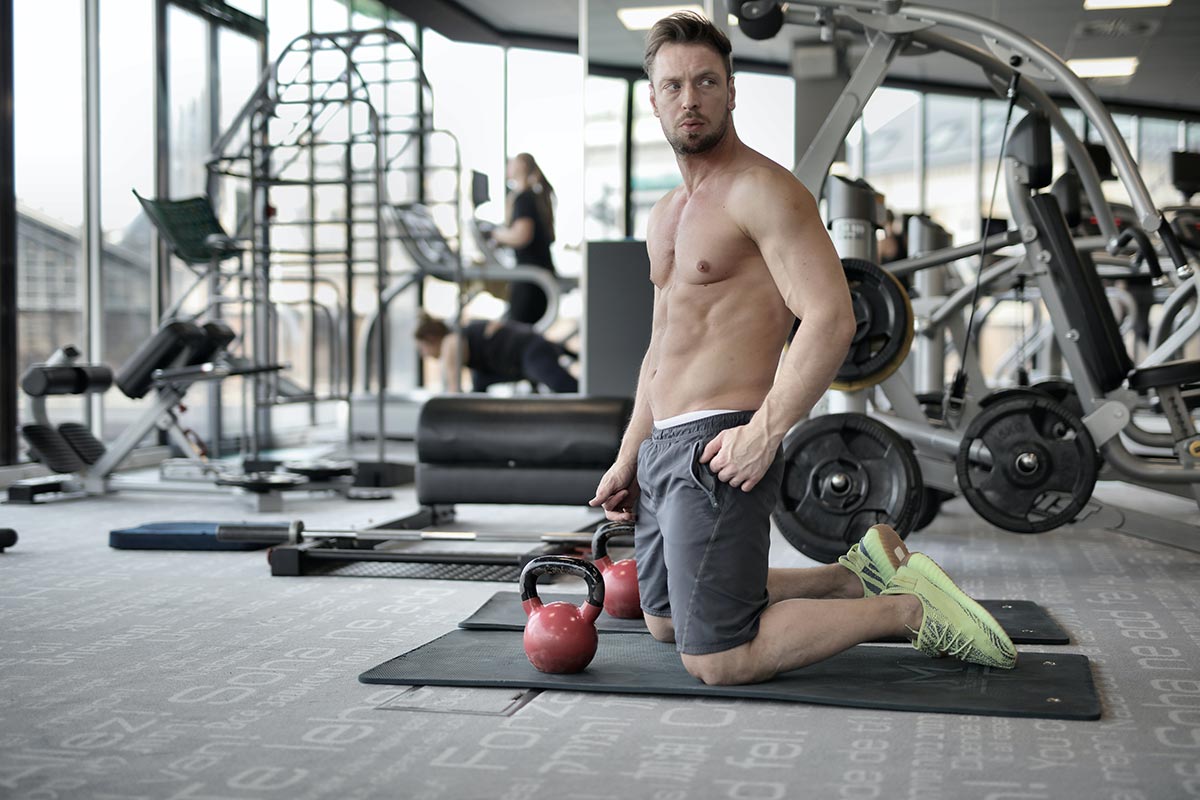"I can do 50 push-ups! How many can you do?" A statement often heard from overconfident gym-goers, competitive friends, and the occasional uncle at a family barbecue. The push-up has long been considered a universal test of upper body strength, but let’s be honest—many so-called "perfect" push-ups look more like a flopping fish out of water than a powerful, controlled movement. The truth is, push-ups are not just about numbers; they are about form, control, and efficiency. If you're serious about getting stronger, it's time to focus on quality over quantity.
Elbow Position: The 45-Degree Rule
One of the most common mistakes in push-up execution is flaring the elbows out to the sides at a 90-degree angle. While this might feel easier, it places unnecessary strain on the shoulder joints and reduces overall muscle engagement. Instead, keeping the elbows at a 45-degree angle enhances activation of the chest, triceps, and shoulders while promoting a more natural movement pattern. This small adjustment makes each push-up significantly more effective while reducing the risk of shoulder impingement or discomfort.
Engage Your Core and Glutes for Stability: A push-up is not just an upper-body movement—it’s a full-body exercise that demands core stability. A common flaw is allowing the lower back to sag or the hips to rise, which disengages the core and shifts the workload away from the target muscles. To correct this, engage the glutes and tighten the abdominal muscles before initiating the upward movement. This not only keeps the spine neutral but also forces the chest, shoulders, and triceps to work harder. The difference in difficulty and muscle activation is immediately noticeable.Set Your Shoulder Blades for Maximum Power
Shoulder positioning can make or break your push-up technique. Many people allow their shoulders to creep up toward their ears, reducing power output and increasing strain. Instead, think about "setting" your shoulder blades by pulling them slightly back and down. Visualize drawing them toward your hip bones while maintaining tension throughout the movement. This adjustment improves force production, enhances chest engagement, and prevents excessive stress on the shoulder joints.
Foot Positioning: Elevate and Point for Maximum Challenge
Did you know push-ups can be just as much a leg exercise as they are an upper-body workout? Many people unknowingly generate power by pushing off the balls of their feet, effectively assisting the movement with their lower body. To remove this hidden advantage and challenge the upper body more intensely, elevate your feet slightly and point your toes. Resting your feet on a stability ball or placing them in suspension straps can further increase the difficulty by introducing instability, forcing the upper body to work even harder.
Gymnasts are among the strongest athletes pound for pound, and their push-up technique is a key reason why. Instead of keeping their hands under the shoulders, they shift them further back, closer to the hip bones. This small but mighty change drastically increases the difficulty of the movement by shifting more body weight forward. This technique is a stepping stone toward advanced variations like the planche push-up, where both feet are suspended off the ground. Even if you’re not planning on defying gravity anytime soon, moving your hands slightly back will turn a standard push-up into an elite-level strength builder.
The Science of Push-Up Progression
Mastering the push-up isn’t just about perfecting a single variation—it’s about progression. Strength increases when the muscles are continuously challenged with new stimuli. Incorporating tempo changes, weighted vests, or one-arm variations keeps the movement fresh and ensures continued gains. Slowing down the lowering phase (eccentric) and exploding upward can further enhance muscle engagement, making each repetition more effective. If you feel like your push-ups have hit a plateau, tweaking one or more of these variables can reignite progress.
There's a common misconception that more push-ups automatically mean greater strength. While endurance is important, executing 100 sloppy push-ups does far less for muscle development than 10 controlled, high-tension repetitions. Quality always trumps quantity. A properly performed push-up engages multiple muscle groups, improves joint stability, and enhances athletic performance far more than mindlessly pumping out reps.
Injury Prevention: Avoiding Common Pitfalls
Poor push-up form isn’t just inefficient—it can lead to injury. Shoulder strain, wrist discomfort, and lower back pain are often the result of misalignment or overuse. Warming up with dynamic shoulder and wrist mobility drills can help prepare the joints for the movement. Additionally, modifying push-ups to an incline or reducing range of motion can be beneficial for those still developing strength. Training smart is just as important as training hard.
Push-ups are a timeless test of strength, but their true power lies in execution, not numbers. By refining form, engaging the right muscles, and progressively challenging the body, anyone can transform a basic push-up into a powerhouse movement. Whether you're aiming to build muscle, improve athletic performance, or simply master bodyweight training, implementing these strategies will take your push-up game to the next level. So, are you ready to push yourself to new heights?












